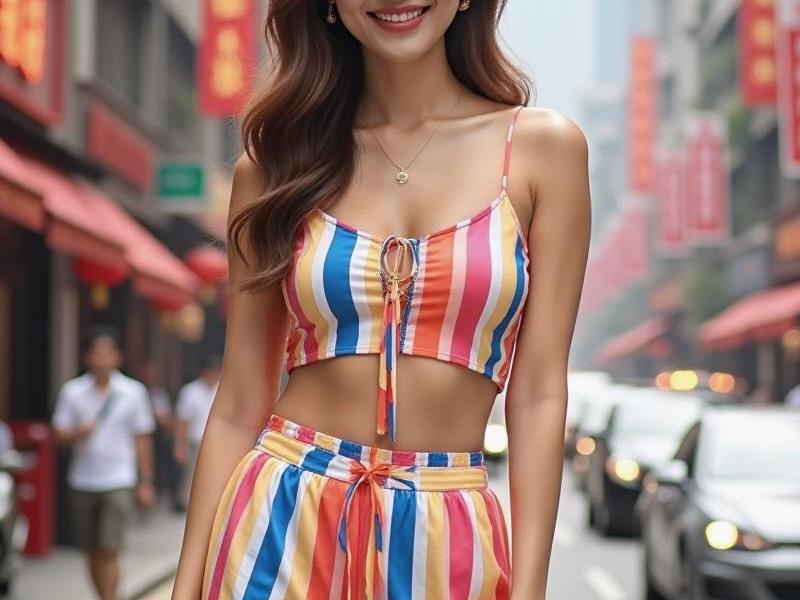Shanghai Femininity 4.0: How the City's Women Are Redefining Chinese Beauty Standards
⏱ 2025-07-04 07:07 🔖 上海龙凤419
📢0℃

At 7:30 AM in Xuhui District, three generations of Shanghai women board the same metro carriage - a grandmother in hand-embroidered silk, a middle-aged executive reviewing financial charts, and a Gen Z influencer live-streaming her "no-makeup" morning routine. This microcosm reveals Shanghai's unique position as both guardian of Chinese femininity and laboratory for its future evolution.
Historical Foundations
• 1920s: Qipao modernization symbolizes liberation
• 1950s: "Iron Girls" redefine feminine strength
• 1980s: Beauty parlors signal economic awakening
• 2000s: Cosmetic surgery boom reflects global integration
The Contemporary Landscape
爱上海最新论坛 1. Education & Career
- 58% of senior fintech positions held by women
- Female entrepreneurs raise 42% of Series A funding
- 73% of women pursue postgraduate education
2. Beconomy (Beauty Economy)
- ¥54 billion annual spending on skincare
- 68% prefer "smart beauty" tech over traditional cosmetics
上海龙凤419自荐 - 89% growth in sustainable beauty brands
3. Cultural Expression
- Qipao revival among millennials (+140% sales)
- "Shanghai Street Style" becomes global fashion influence
- Digital avatars extend beauty identity into metaverse
Market Disruptions
上海品茶工作室 - Local brand "Her Senses" challenges Estée Lauder dominance
- AI stylists achieve 92% customer satisfaction
- Government's "Real Beauty" initiative reduces photo editing
Social Shifts
• Average marriage age rises to 32.5
• 64% reject "leftover woman" stigma
• Childfree choices gain mainstream acceptance
As evening falls on the Bund, the city's women - whether sipping craft cocktails in speakeasies or practicing tai chi by Suzhou Creek - demonstrate Shanghai's unique alchemy: preserving cultural essence while fearlessly rewriting the rules of modern femininity. Their collective choices don't just shape personal destinies, but the future of Chinese womanhood itself.
Shanghai After Dark: How Luxury Entertainment Venues Are Redefining Urban NightlifeDelta Dynamics: How Shanghai's Economic Gravity is Reshaping the Yangtze River Basin"From Water Towns to Smart Cities: The Cultural DNA Reshaping Shanghai's Metropolitan Identity"Greater Shanghai 2025: The Making of a Global MegalopolisShanghai Beauties: A Modern Portrait of Elegance and BeautyNeon Dragon: The Reinvention of Shanghai's Entertainment Club Industry in the Post-Pandemic EraQuantum Leap: How Shanghai and Its Satellite Cities Are Rewriting the Rules of Regional DevelopmentShanghai: A Vibrant City of Diversity and Innovation"Shanghai's New Femininity: How Urban Women Are Redefining Chinese Modernity"The Shanghai Nexus: When One City Becomes Thirty

